
Earlier this year Bloomsbury Genetic Therapies met with the UK’s MHRA for a scientific advice meeting to discuss BGT-NPC.

Earlier this year Bloomsbury Genetic Therapies met with the UK’s MHRA for a scientific advice meeting to discuss BGT-NPC.
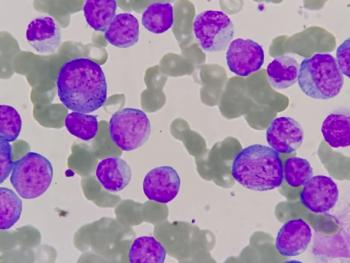
The company also reported that WU-NK-101 has received orphan drug designation for treating acute myeloid leukemia from the FDA.

BGT-OTCD is being developed in a collaboration between Bloomsbury Genetic Therapies and University College London.

AlloNK will be evaluated as part of a combination therapy with anti-CD20 monoclonal antibody rituximab.
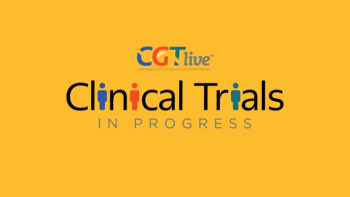
NGN-101 will be delivered to each participant via both intracerebroventricular and intravitreal routes on the same day in the phase 1/2 trial, with the therapy assessed for safety and efficacy.
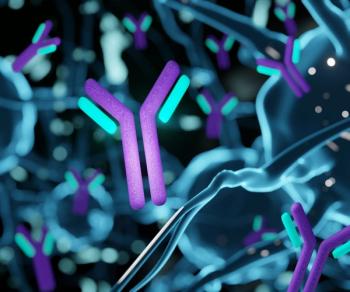
IMPT-514 uses the same CAR-T construct as ImmPACT Bio’s IMPT-314, which is already under clinical evaluation for non-Hodgkin lymphoma.

Catch up on the latest news, breakthroughs, and announcements from biotechnology companies making advancements in cell and gene therapies.
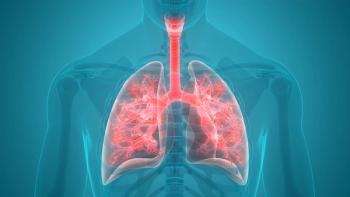
The new orphan drug designation follows a recently received fast track designation for Reqorsa in combination with Tecentriq for an extensive-stage small cell lung cancer indication.

The partial clinical hold was originally placed in June 2023 in relation to the death of a patient participating in the trial.

The formal hold comes approximately 2 months after Seattle Children’s paused the trial in accordance with the clinical study protocol stopping rules.
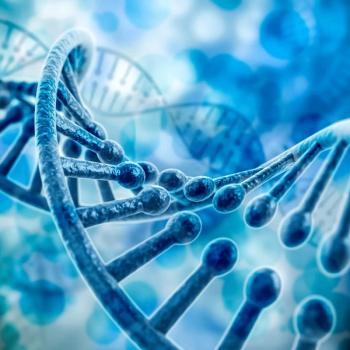
In terms of safety, Taysha stated that TSHA-102 was well-tolerated and that at 6 weeks after dosing no treatment-emergent serious adverse events had occurred.

Kyle Garland, PhD, a senior scientist at Eterna Therapeutics, discussed the company’s preclinical work with partner Factor Bioscience that was presented at ASGCT’s 2023 conference.

Aspen Neuroscience noted that the study will be the US’s first multicenter phase 1/2a clinical trial for an autologous iPSC-derived therapy.
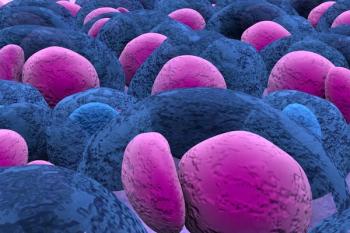
KMA.CAR-T is directed at Kappa Myeloma Antigen, a receptor exclusively appearing on myeloma cells in kappa-type MM.
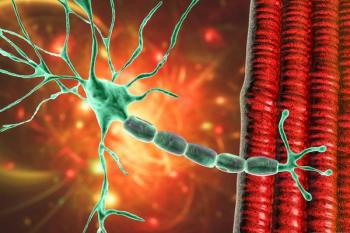
LION-CS101, the study evaluating gene therapy AB-1003, is currently recruiting patients aged 18 years through 65 years with LGMD2I/R9 who have a confirmed mutation in FKRP.
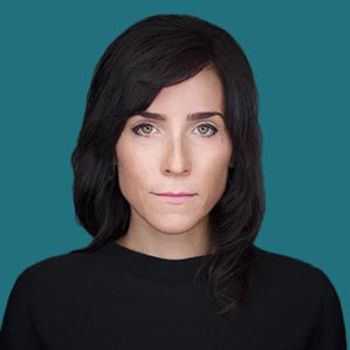
Jennifer Gori, PhD, vice president of research at Prime Medicine, discussed what distinguishes prime editing from other forms of gene editing.

Catch up on the latest news, breakthroughs, and announcements from biotechnology companies making advancements in cell and gene therapies.

The initiation of dosing the second cohort in Ultragenyx’s study was recommended by the Data Safety Monitoring Board after a review of safety results from the trial’s first cohort.

Taysha Gene Therapies previously reported the dosing of the first patient with TSHA-102 in June 2023.

Nicole Paulk, PhD, the CEO, founder, and president of Siren Biotechnology, discussed research she presented at ASGCT’s 2023 conference.

AVC-201 utilizes the company’s UniCAR switchable technology platform.

Maria Escolar, MD, the chief medical officer of Forge Biologics, discussed the atypical approach being used in the company’s trial for AAV gene therapy FBX-101.

Catch up on the latest news, breakthroughs, and announcements from biotechnology companies making advancements in cell and gene therapies.

NY-ESO-1 TCR/IL-15 NK previously received clearance of an IND for advanced synovial sarcoma and myxoid/round cell liposarcoma in June 2023.

Magdalena Cichewicz, PhD, a scientist II at Senti Biosciences, discussed preclinical research she presented at ASGCT’s 2023 conference.
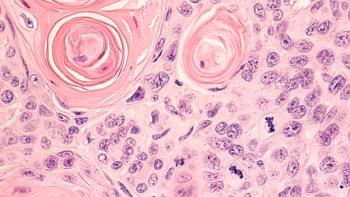
Iovance Biotherapeutics also reported that it received positive regulatory feedback from the FDA regarding the IOV-LUN-202 clinical trial for LN-145.
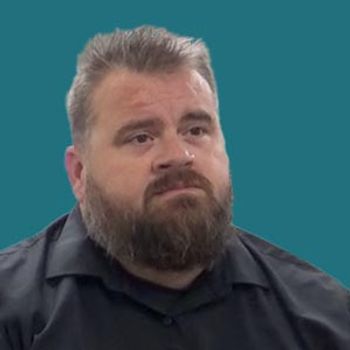
Gary Owens, MS, the associate director for gene therapy discovery at Precision Biosciences, discussed data he presented at ASGCT’s 2023 conference.

XyloCor Therapeutics reported that at the 12-month time point, sustained and continued increases in total exercise duration over baseline measurements were observed.

Catch up on the latest news, breakthroughs, and announcements from biotechnology companies making advancements in cell and gene therapies.
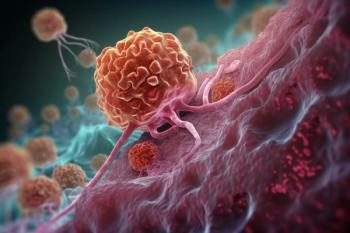
The phase 1/2a clinical trial will take place at the University of Texas MD Anderson Cancer Center, aiming to enroll more than 100 patients.